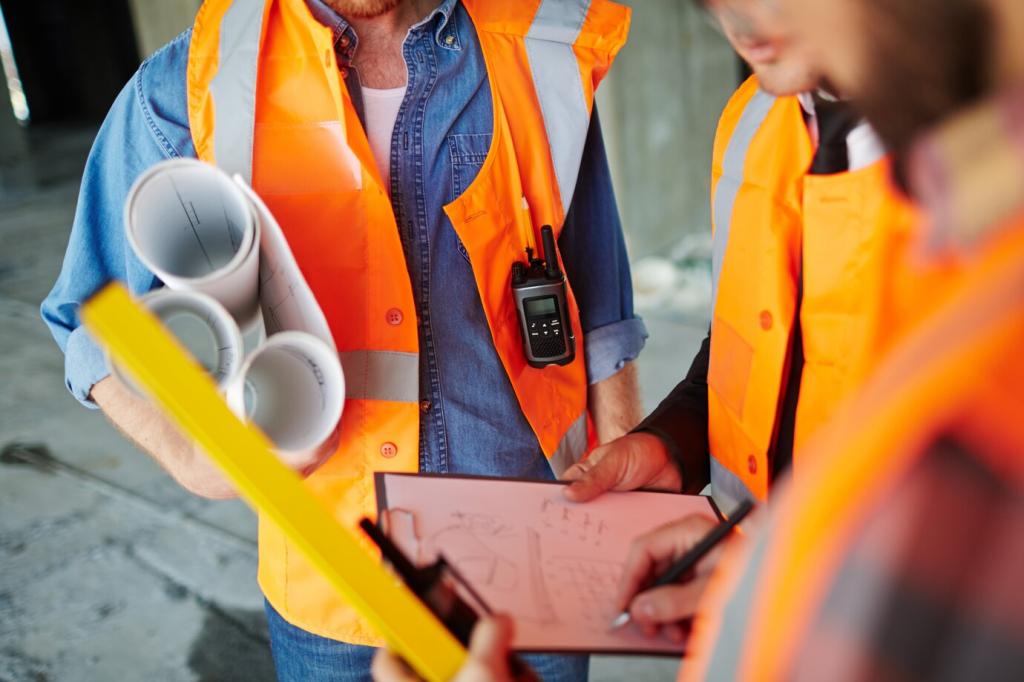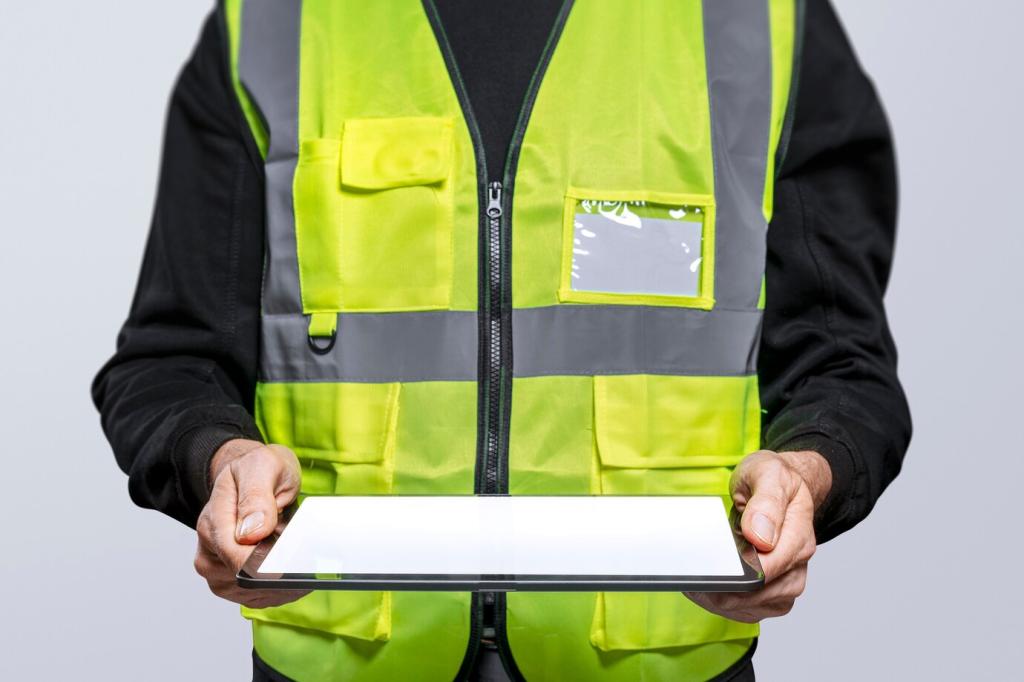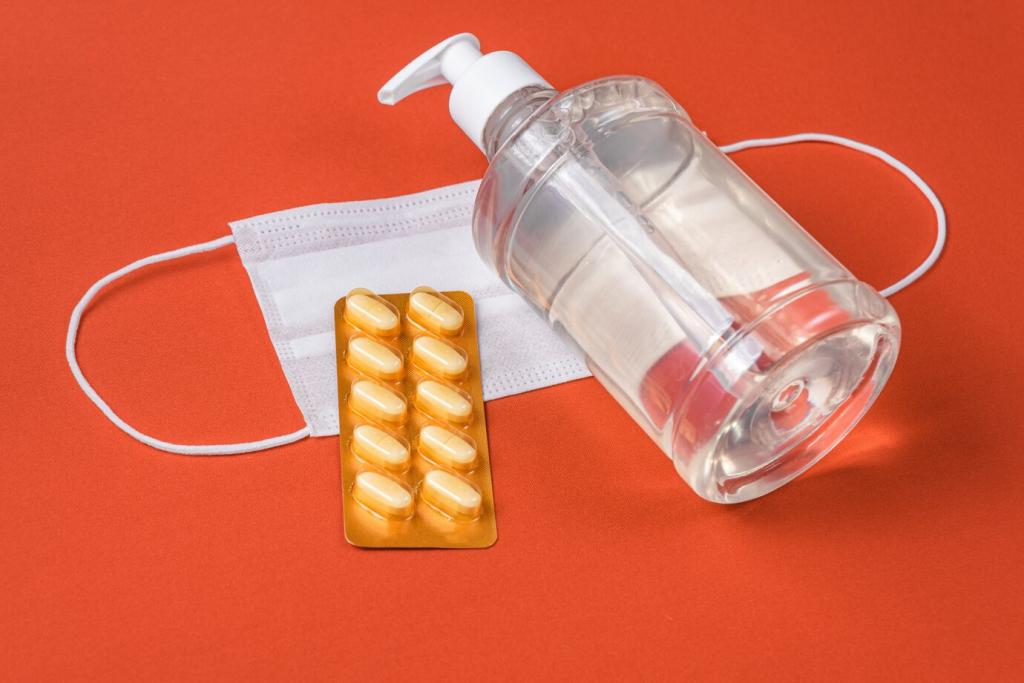What “Size” Really Means for a Home Safe
Manufacturers list outside height, width, and depth, but insulation and door thickness reduce interior room. Always compare internal cubic feet and usable shelf space, not just the footprint.
What “Size” Really Means for a Home Safe
Cubic feet can be abstract. Translate capacity into items: binders, document folders, jewelry trays, cameras, or a laptop. Visualizing items helps prevent the classic problem of choosing too small.







